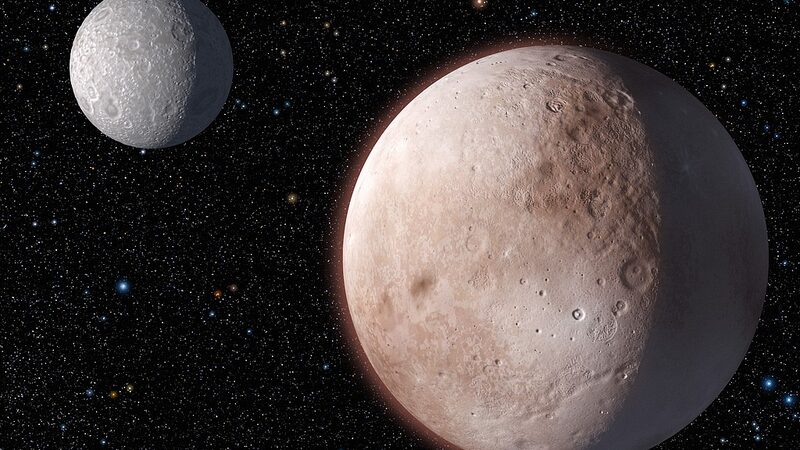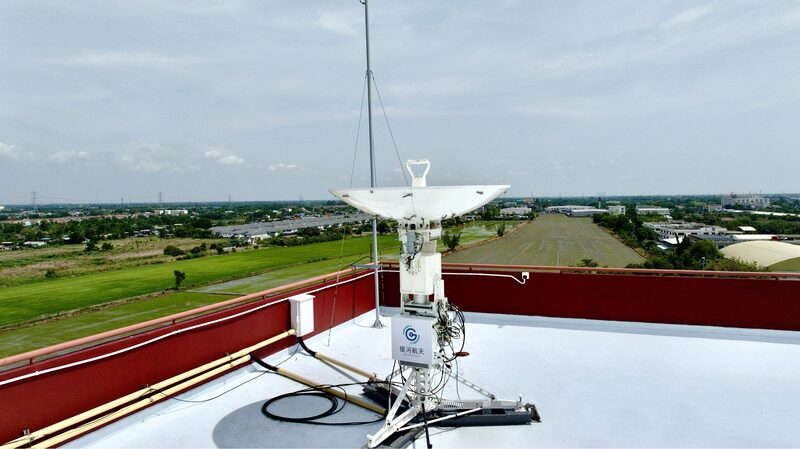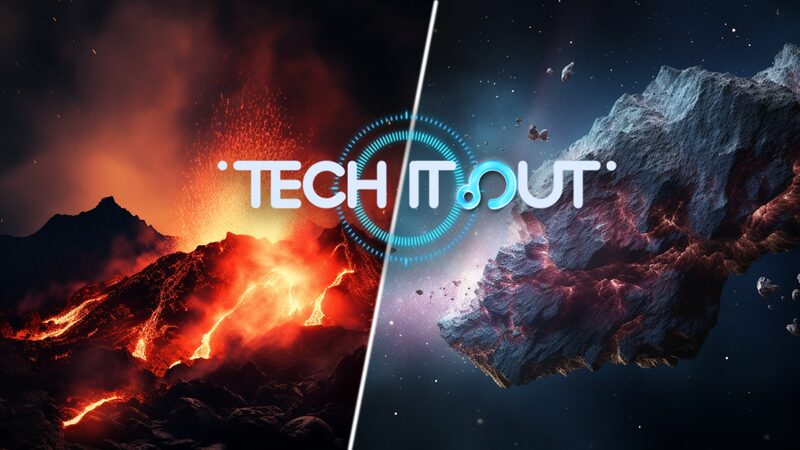Scientists using NASA's James Webb Space Telescope (JWST) have detected chemical signatures in the atmosphere of distant exoplanet K2-18b that could point to microbial life—a discovery that, if confirmed, would reshape humanity's understanding of life in the universe. The gases dimethyl sulfide (DMS) and dimethyl disulfide (DMDS), detected at extraordinary concentrations, are produced almost exclusively by biological processes on Earth, leading researchers to call this a potential “biosignature” requiring further investigation.
Located 124 light-years away in the constellation Leo, K2-18b is a “hycean world”—a theorized class of planets with liquid oceans and hydrogen-rich atmospheres. At 8.6 times Earth's mass and 2.6 times its diameter, it orbits a red dwarf star within the habitable zone where liquid water could exist.
A Cautious Breakthrough
While lead researcher Nikku Madhusudhan of the University of Cambridge emphasized these findings are “not proof of life,” the data marks the strongest evidence yet of possible extraterrestrial biology. JWST identified the gases at 99.7% confidence levels through its analysis of starlight filtered through K2-18b's atmosphere during planetary transits. “This is a transformational moment in observational astrobiology,” Madhusudhan said, noting concentrations of DMS and DMDS thousands of times higher than Earth’s.
The Hycean Hypothesis
Hycean worlds like K2-18b, first proposed in 2021, are prime targets for life-hunting missions. Earlier JWST observations found methane and carbon dioxide in its atmosphere, hinting at favorable conditions. If microbial life exists there, Madhusudhan speculates it might resemble Earth’s ocean-based extremophiles. However, he stressed the need for repeat observations and ruled out assumptions about intelligent life: “Our baseline is simple organisms.”
Independent scientists urged cautious optimism. “These data make K2-18b tantalizing,” said Southwest Research Institute’s Christopher Glein, “but rigorous verification is essential.” Future studies will test whether non-biological processes could produce the gases—a critical step before any definitive claims.
As JWST continues probing exoplanet atmospheres, this discovery illustrates the accelerating pace of astrobiology. “We might be within years of answering ‘Are we alone?'” Madhusudhan said. For now, the search remains a thrilling “big if.”
Reference(s):
Scientists find strongest evidence yet of life on an alien planet
cgtn.com








